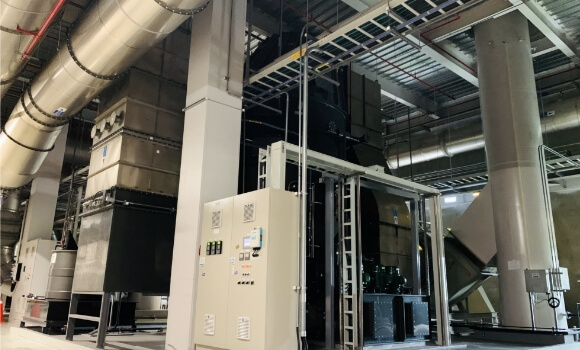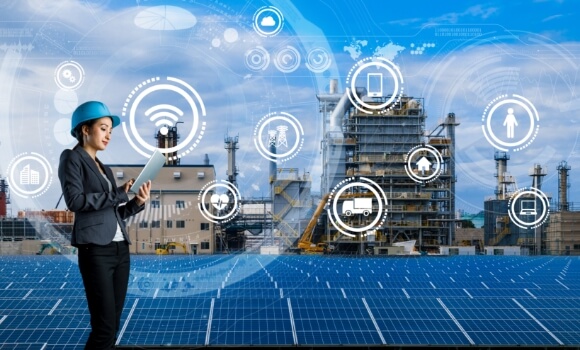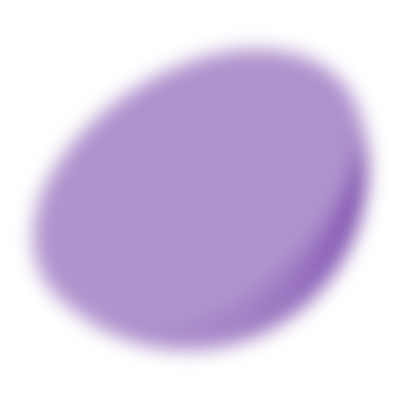Reducing Air Pollution Through Control, Treatment and Monitoring
Effective air pollution control technologies are used to meet the environmental reduction targets. Reduction management is optimized through continuous in-line monitoring of efficiency and regular maintenance. Volatile organic compounds (VOCs) reduction targets have been set by AUO and emissions are managed at the source. The environmental management system ensures that environmental targets are met.




Goals and Results
Reduce environmental burden,Continue to reduce the emission of Volatile Organic Compounds (VOCs)
2022 accomplishments
VOCs emissions reduced by
41 %

Charts of VOCs emission reduction monitored by CEMS
Unit:g/m2
VOCs emission target and the declaration to authority
Unit:metric tons

Adoption of high-efficiency VOCs removal equipment
AUO invested in the construction of a tri-tower emissions incinerator with zeolite rotor systems operating in rotation to improve the reliability of the treatment system. The absorption, desorption, cooling, concentration and incineration modules are configured as a continuous process for high-efficiency processing of emissions and to improve the VOCs removal rate.
New technology to reduce acidic odors
A review of the separation, collection and emissions process was conducted and a new treatment plan for organic acids drawn up. A new type of horizontal scrubber was introduced for acidic pollutants to effectively treat highly concentrated acetic acid pollutants, and reduce the direction emission of pollutants with low odor thresholds into the atmosphere. Air quality in the surrounding environmental was improved as a result.


AI monitoring of air quality
The "AUO AI Air Quality Monitoring Network" developed by the Taichung site combined a self-developed environmental monitoring network with the Internet, geography, time, wind speed, wind direction and other meteorological data. AI computing technology was also incorporated to convert data and text from single points into a three-dimensional visualized display that simulates potential air-quality hot spots around the site. The time axis can also be rapidly changed to enhance visual traceability and improve the quality of site emission management.
Adoption of high-efficiency VOCs removal equipment
AUO invested in the construction of a tri-tower emissions incinerator with zeolite rotor systems operating in rotation to improve the reliability of the treatment system. The absorption, desorption, cooling, concentration and incineration modules are configured as a continuous process for high-efficiency processing of emissions and to improve the VOCs removal rate.
Treatment temperature
100 °C
Average removal efficiency
≧ 2 %
Heat recovery rate
35 %
Diesel consumption
1,315 L / day
Greenhouse gas reduction
1,250 tonnes/year
VOCs Emissions
4,166 KG/year
New technology to reduce acidic odors
A review of the separation, collection and emissions process was conducted and a new treatment plan for organic acids drawn up. A new type of horizontal scrubber was introduced for acidic pollutants to effectively treat highly concentrated acetic acid pollutants, and reduce the direction emission of pollutants with low odor thresholds into the atmosphere. Air quality in the surrounding environmental was improved as a result.
Improved results:

AI monitoring of air quality
The "AUO AI Air Quality Monitoring Network" developed by the Taichung site combined a self-developed environmental monitoring network with the Internet, geography, time, wind speed, wind direction and other meteorological data. AI computing technology was also incorporated to convert data and text from single points into a three-dimensional visualized display that simulates potential air-quality hot spots around the site. The time axis can also be rapidly changed to enhance visual traceability and improve the quality of site emission management.















